
George Huffman Receives 2022 William Nordberg Memorial Award
ESSIC Task Sponsor and former UMD Professor Dr. George Huffman is the newest recipient of the 2022 William Nordberg Memorial Award for Earth Science.

ESSIC Task Sponsor and former UMD Professor Dr. George Huffman is the newest recipient of the 2022 William Nordberg Memorial Award for Earth Science.

Dr. Zhanqing Li, Professor at ESSIC and University of Maryland’s Department of Atmospheric and Oceanic Science is a new recipient of the Distinguished University Professor Award, the highest academic honor that the University of Maryland confers upon a faculty member. Considered a national achievement, this award given to just 7% of tenured faculty honors impact and significant contribution to the nominee’s field, knowledge, profession, and/or practice.
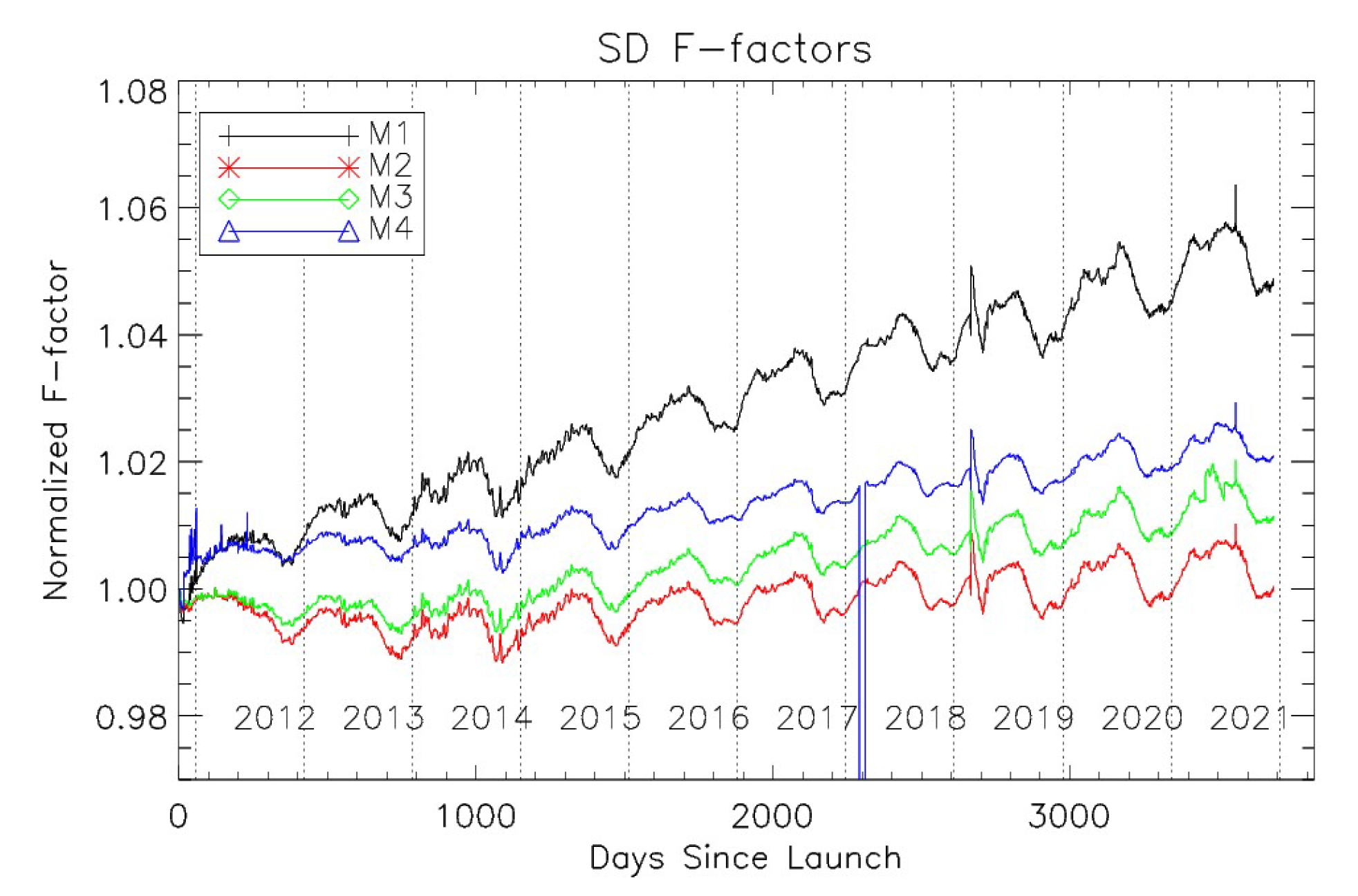
ESSIC/CISESS Scientists Xi Shao and Wenhui Wang co-published an article in Remote Sensing on July 13, 2022 that describes more than a decade of research on S-NPP VIIRS reflective solar bands (RSBs).
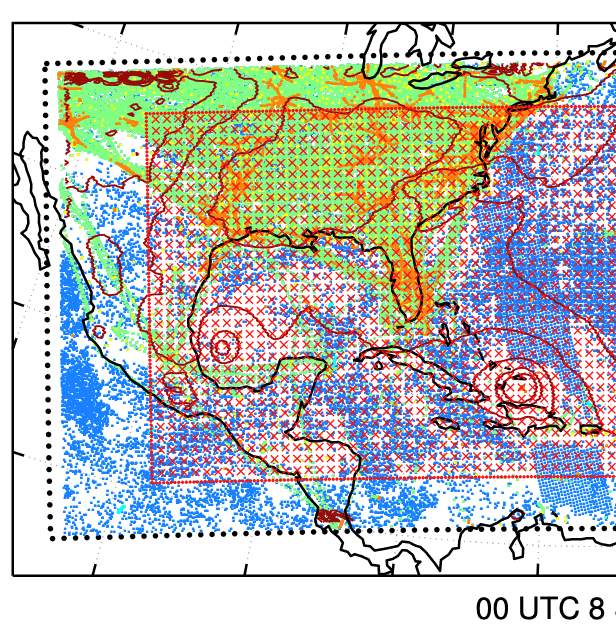
ESSIC/CISESS Scientist and University of Maryland Professor, Dr. Jonathan Poterjoy, has a new article published in the June issue of the Monthly Weather Review on some of the specialized data assimilation he has been working on with AOML and EMC.

CISESS sponsored two early career scientists, Drs. Malar Arulraj and Daile Zhang, to attend the 2022 Cooperative Research Program (CoRP) Science Symposium, which was held in person on July 25th to 27th at the Cooperative Institute for Research in the Atmosphere (CIRA) of Colorado State University located in Fort Collins, CO.
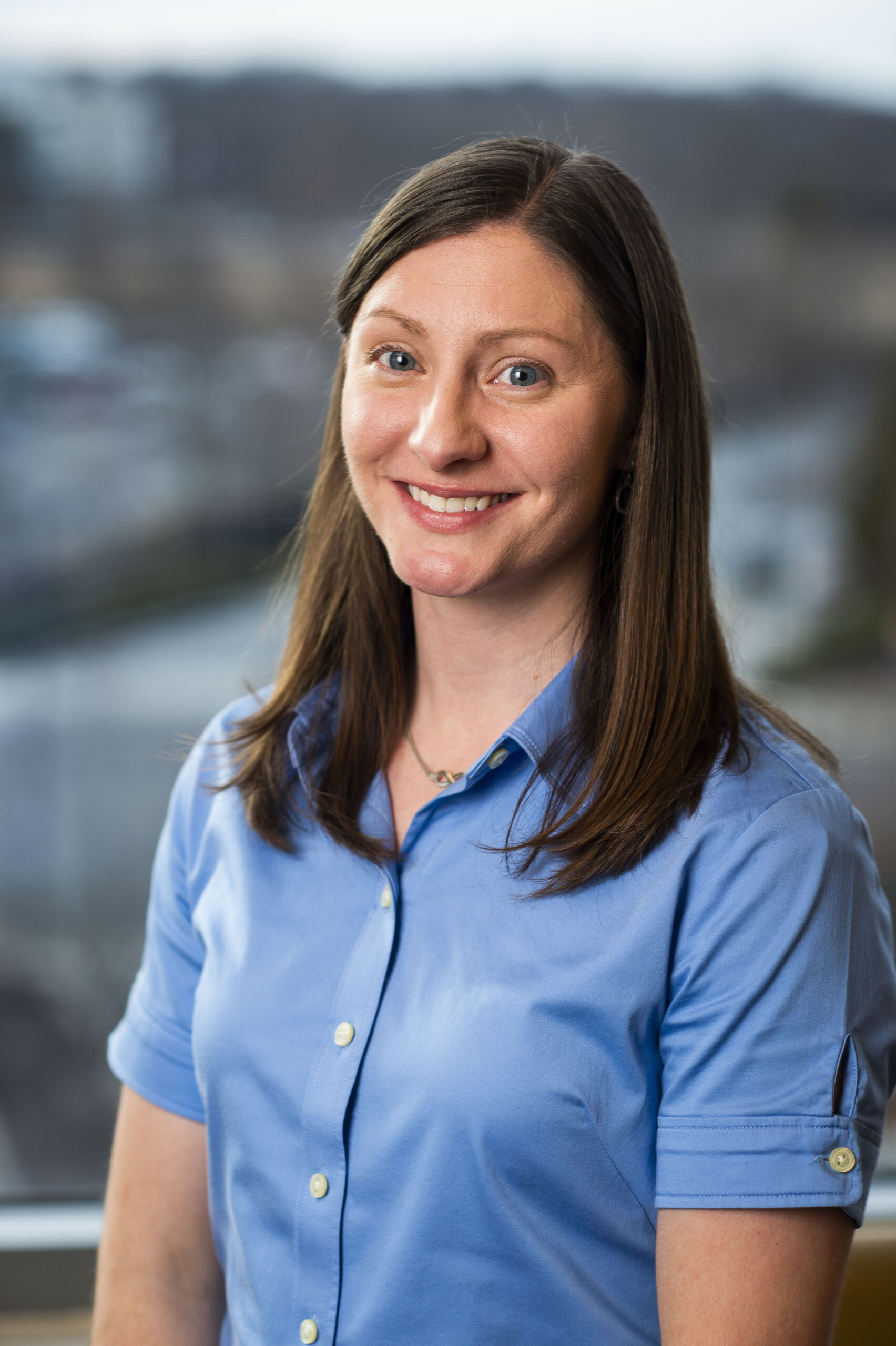
ESSIC Assistant Research Scientist Julie Nicely was recently awarded the 2022 Robert H. Goddard (RHG) Award for Science. The award is named in honor of Robert Hutchings Goddard, pioneer in the field of rocketry.
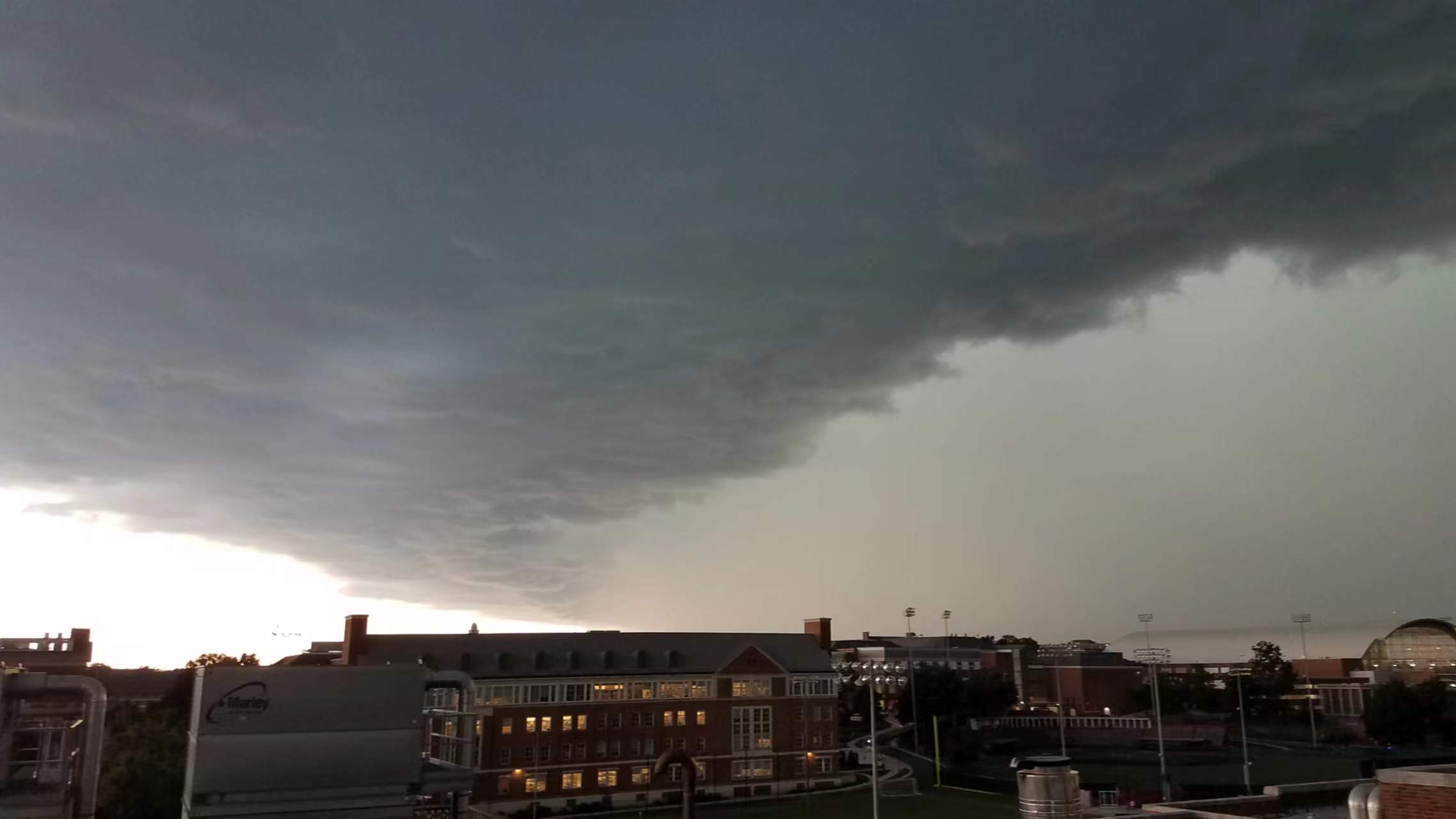
On Tuesday, July 12, the College Park area was ravaged by three storm complexes fueled by the influx of hot and humid air and powered by strong high-altitude winds. The storms brought down countless trees and caused thousands of people to lose power. ESSIC scientist Will Miller provides some commentary on the storm’s trajectory and intensification.

ESSIC Postdoctoral Associate Jing Wei has been appointed as a new topical Editor (Atmosphere) for the journal Earth System Science Data (ESSD) of the European Geophysical Union.
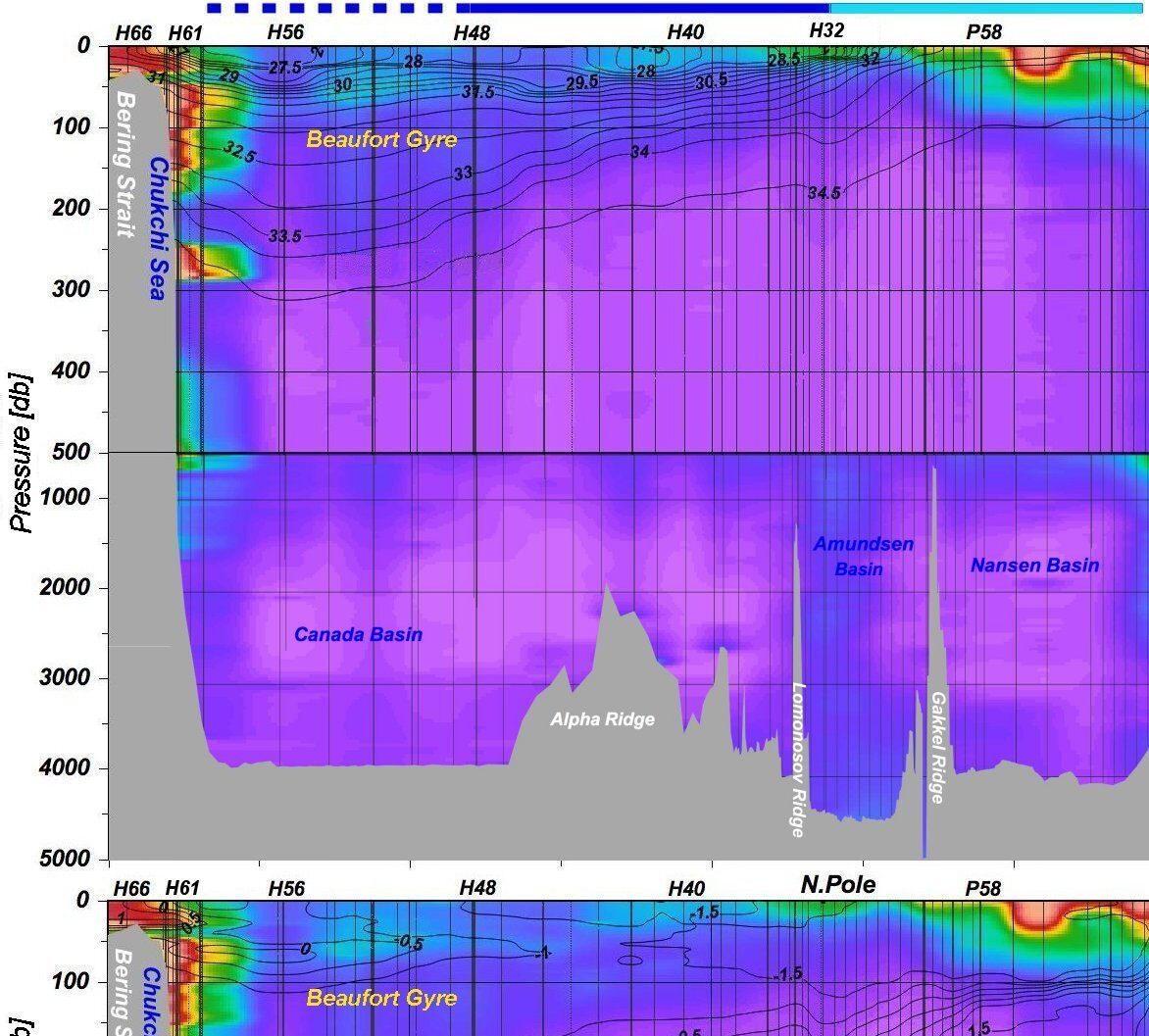
Alexey Mishonov, ESSIC/CISESS Associate Research Scientist and NOAA Affiliate, has created the first trans-Arctic section of beam attenuation to estimate particle distribution.
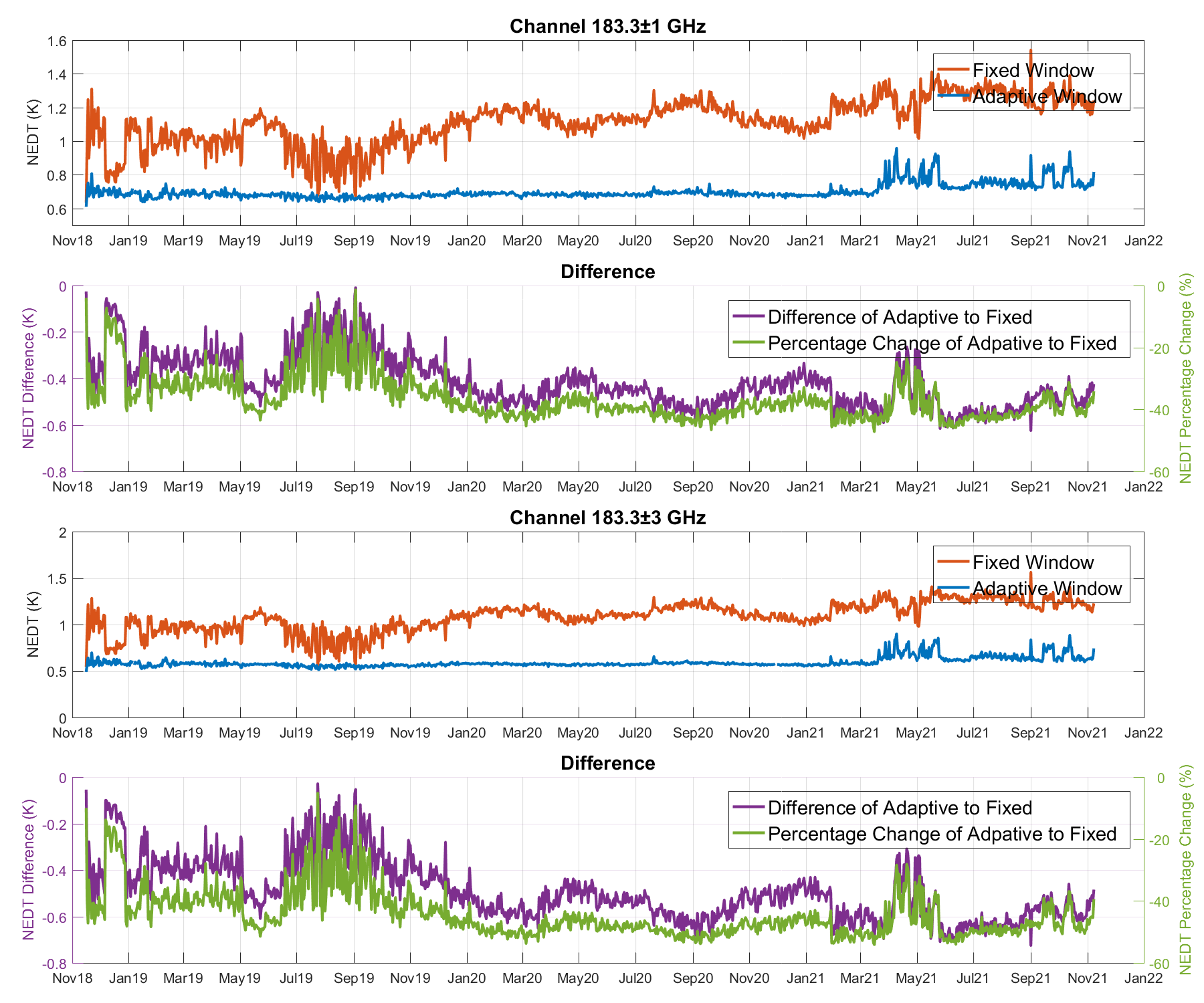
ESSIC scientists John Xun Yang, Yalei You, and Ralph Ferraro are co-authors on a new paper in Institute of Electrical and Electronics Engineers (IEEE) that describes a newly developed adaptive window for calibration on microwave sounders at EUMETSAT and NOAA.